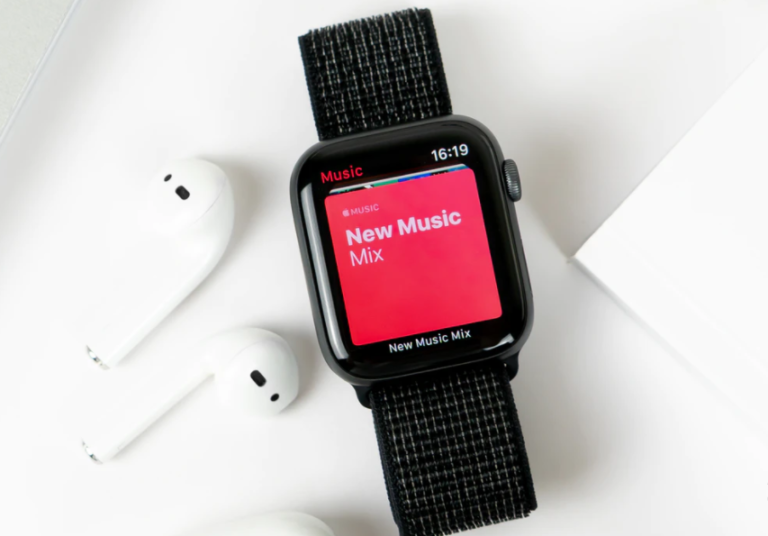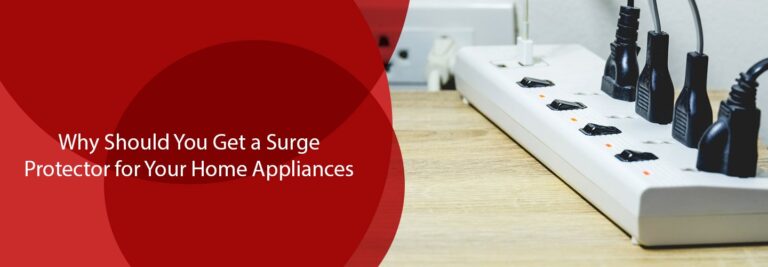Investment in Telemedicine App Development is Fruitful – Country Leaders Viewpoint
Telemedicine, the remote healthcare facility through mobile apps has seen a sudden surge in its use with the wake of the COVID-19 outbreak. As the healthcare industry, today is having its toughest time due to the roughly balanced doctor to patients ratio, the need for the hospitals and clinics to adopt Telehealth apps becomes a must.
As more of the countries and their citizens are understanding the advantage that Telemedicine apps bring to the healthcare industry, the global market for telemedicine was estimated USD 41.4 billion in the year 2019, is now projected to reach USD 55.6 billion by the end of 2025. The CAGR of the forecasted time is evaluated to be 16.9% which is a good number for the telehealth industry to boom in a shorter time span.
These growth numbers in the telehealth market opened many opportunities for the healthcare startup owners and the entrepreneurs to make an investment that is worthwhile and can drift a good ROI in the coming years.
Well, this is what most of the leading country leaders believe and puts it into action through various investments and changes in-laws. These steps boost the spirit of entrepreneurs around the world to look for the right deal to invest in Telehealth.
Let’s have a look at what these leaders have to say about the telehealth market and its investment.
PM Narendra Modi – Indian prime minister on Telemedicine
With all the countries facing the effects of Pandemic, Indian prime-minister in one of his recent address to the nation on India ideas summit 2020 hosted by USIBC invited global investors to invest in the Indian healthcare sector along with other sectors to promote mobile healthcare and telemedicine.
As per his statement, the Indian healthcare sector is growing at a pace, faster than 22% annually. Based on the current progress reports of healthcare technology, the scope for the Indian companies to progress in telemedicine and medical technology is widening.
India’s one of the government initiatives for telemedicine was the ‘Mitr telemedicine portal’ launched by Arogya setu. The portal offers free teleconsultation and telehealth services to its citizens to solve their COVID-19 related queries and book a lab test service at their doorstep.
The platform was a combined initiative of some non-profit organizations, Healthcare startups, and Tech giants like Tech Mahindra and Tata Group.
Donald Trump – US president on Telemedicine
The telemedicine app market in the US is estimated worth $17.14 Billion by 2026. The US being a developed country, the advancement in the various telecommunication industry, and healthcare technologies have given great exposure to telehealth services. The need for social distancing due to coronavirus has given fire to this wave, making remote healthcare service as new normal for Americans.
US President Trump talks about the Telemedicine app development and encourages the citizens to use such apps especially to mitigate the spreading coronavirus. He also describes it as a fresh and incredible innovation that has happened recently that can make a dent in the healthcare sector.
In order to promote and increase access to the Telehealth services, the government made a $50 billion funding to make the app available to the citizens. As there is an increase of 40% seen in the virtual visits on an American telemedicine app AmWell the scope for the Telemedicine app market success gets validated.
The president also increased medical access for Veterans Affairs through Telemedicine services followed by expansion of telemedicine app benefits for the Medicare beneficiaries.
Justin Trudeau – Prime Minister of Canada on Telemedicine
The Canadian telemedicine market is the best place to invest especially in today’s time. Reason? Their growth numbers!
Yes, the Telemedicine market in Canada is estimated to reach $130B by 2025 and is currently the most booming marketplace in comparison to other countries. In spite of many compliance challenges, the Canadian healthcare and technology startups ensure they develop apps that ensure citizens’ safety and access to quality healthcare.
As per the news report by CTV News, Trudeau shared his view on Telemedicine apps stating “If citizens could order food and remain connected through video chats, we can also leverage technology to help each other remain healthy.
With this, the government also made an announcement to spend $240 million on virtual healthcare and infrastructure. The initiative aimed at helping doctors with the right funds to access new technologies and improve healthcare through videoconferencing and telecommunication tools. He also hoped the investment helps reduce the burden on emergency rooms to help doctors focus on more critical patients maintaining social distance.
Understood how different countries are creating opportunities for themselves to grow the Telemedicine industry. Well, this helps you as a business owner to play in the open ground to find the right spot for investment and make some impressive profit numbers.
Finally, before we sign off, below are some must-know advantages that the telemedicine app development brings to on the table.
How telemedicine can ease health care operations for the world
- Improves communication between caregivers and patients
- Expands healthcare accessibility to the rural areas
- Quality care with modernize technology
- Reduces clogging at emergency rooms
- Imparts more analyzed and data-driven diagnosis treatments
- Reduces healthcare costs
- Enhances patients satisfaction
There is no end to this list as the Telemedicine industry is evolving with each passing day. Well, it’s interesting to know what major jump it takes post-COVID-19. Keep up the enthusiasm and make your pockets ready to make the right investment.
Author Bio :
Parth Patel is a serial entrepreneur and CEO of SyS Creations – a leading managed IT services firm focused on technology-driven healthcare solutions and telemedicine app development with a customer-centric, journey-first approach. Operating the IT Infrastructure of Healthcare SMEs and startups keeps him on his toes and his passion for helping others keeps him motivated.







